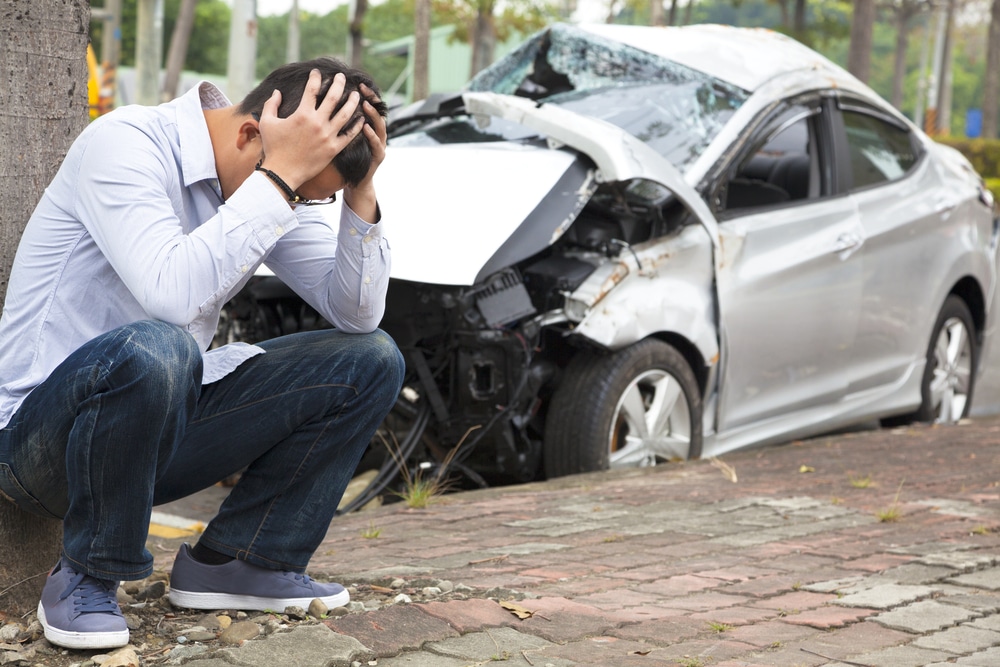
A pedestrian accident is a collision involving someone on foot and a vehicle, bicycle, or similar. Upon colliding, the pedestrian typically sustains more injuries than the vehicle occupants, often leading to the need for medical treatment or hospitalization.
If you’re curious about what some of these injuries might be, you can learn all about them and what to do if you’ve experienced any of them below.
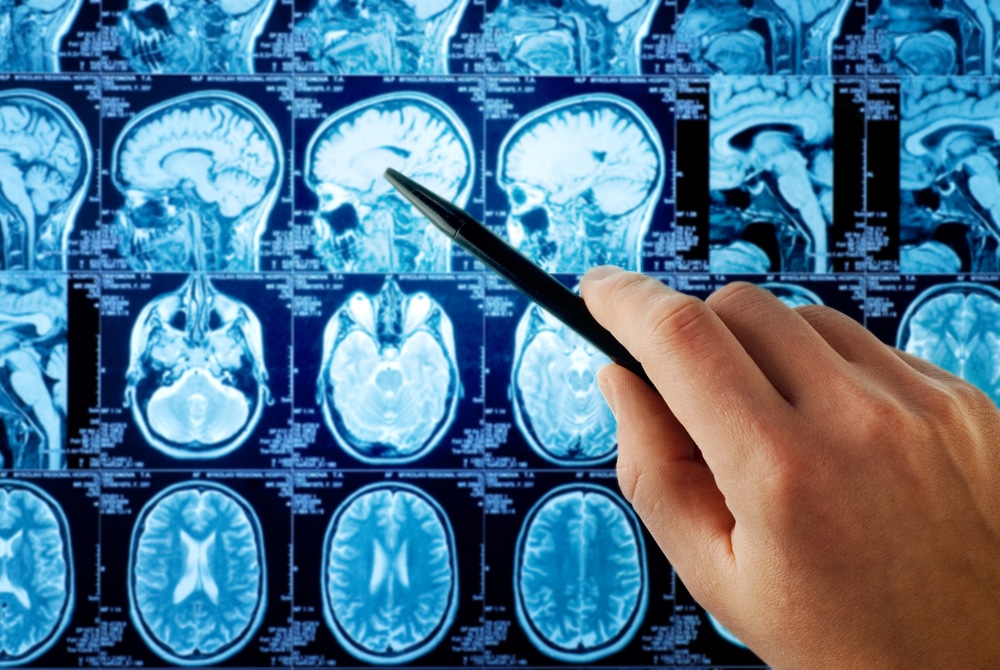
Out of all possible injuries to sustain in a pedestrian accident, head and brain injuries are among the most common. They are also often the most severe, which means you may need to file a personal injury claim with a law firm like Caffee Accident & Injury Lawyers to fight for compensation to cover your accident-related costs.
Brain and head injuries occur when you receive a blow to the head or a sudden jolt that causes your brain to hit the inside of your skull. As a result of this impact, you may experience brain tissue damage.
In severe cases, such as if your head collides with the road or a part of the vehicle that struck you, the skull may break and puncture the brain. Cyclists wear helmets to prevent serious head injuries, but pedestrians going about their daily business would not have thought they needed the same level of protection while walking to their destination.
Severe brain injuries can result in long-term and even permanent complications, such as chronic pain, impaired cognitive function, seizures, disability, and more.
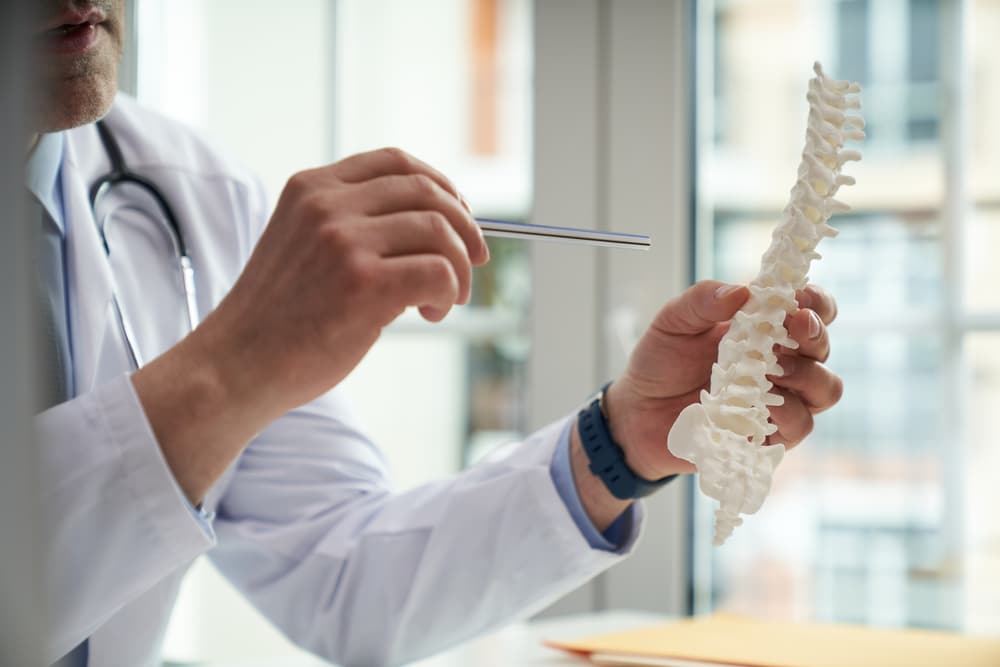
Some studies have shown that aside from superficial injuries, head and neck injuries are the most commonly seen injuries in child pedestrians, along with pediatric C-spine dislocations.
However, spinal cord injuries are also commonly seen in adults involved in pedestrian collisions. Spinal cord damage can lead to short-term, long-term, and permanent paralysis, resulting in the need for long-term care, rehabilitation with doctors, house and vehicle alterations, assistance devices, and an entirely new way of life.
There may be no way to prevent such accidents, but contacting an accident and injury lawyer post-accident may help you receive financial assistance to cover your many expected accident-related costs.
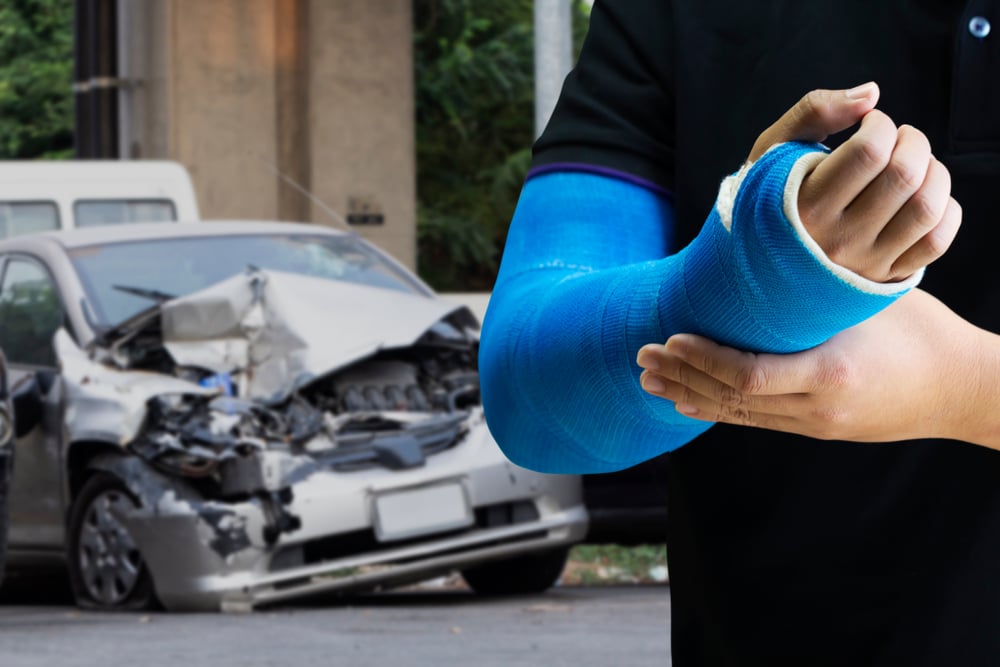
According to studies looking into injury patterns from pedestrian accidents, the front bumper of a vehicle generally strikes an adult’s lower leg area and moves the legs in the direction of the vehicle’s travel. The upper body and head often collide with the windshield or vehicle hood. This accident scenario sees three contact points and doesn’t take into consideration the increased speeds where momentum can cause a pedestrian to travel over a vehicle’s roof and into roadside obstacles.
The impact of so many body parts can mean that broken and fractured bones are typical outcomes of pedestrian accidents. According to the same pedestrian injuries study, tibial plateau fractures are one of the most common fracture types, which are breaks or cracks in the shin bone around the knee.
Depending on the vehicle height and angle of the crash, some people also experience broken ribs after a blow to the chest and arm fractures from falling onto roads and being thrown into obstacles.
Soft tissue damage, such as cuts, scrapes, sprains, and tears, can cause excruciating pain. While these injury types generally take less time to heal than broken bones, head injuries, and spinal injuries, they can put sufferers at risk of infection and leave behind noticeable scars.
As soft tissue damage can also relate to tendons, ligaments, and muscles, they may also cause long-term problems relating to nerve function and pain that require ongoing care and medication to treat.
Organ damage isn’t always visible right away, especially if you have more noticeable and visible injuries like cuts and broken bones. However, due to the often-violent impact between a pedestrian and a vehicle, it’s not uncommon for organ damage to occur, particularly to spleens, livers, and kidneys.
The spleen is located near the stomach under the rib cage, which means impact around the stomach area may cause spleen rupture or perforation. This can lead to internal bleeding and long recovery timeframes.
While you can survive if this organ is removed, your immune system may be compromised, which means diseases the average person can overcome may be life-threatening to you. The liver, which sits on the right side of your stomach, is crucial for clotting blood, producing chemicals for digestive health, and metabolizing toxins. This essential organ can be at risk of damage in a pedestrian accident, requiring surgery.
Signs of liver damage can include a weak pulse, distended abdomen, and blood loss. However, it may not be noticeable right away, which is why it’s crucial to seek medical attention immediately after being struck by a vehicle.
Some people also experience kidney damage from such accidents, especially if a vehicle strikes a pedestrian in the middle-to-low back region where the kidneys are positioned. Generally, kidney damage is evident by blood in your urine and further hospital tests. Complications can include infections, blood pressure problems, bleeding, and urine leakage, regardless of whether surgery is required.
Studies have shown that amputations can occur in low-speed and high-speed accidents, with sharp edges of car bodies and the positioning of limbs under a vehicle’s front bumper causing complete or partial amputation.
Out of approximately two million people in the United States to have lost a limb, nearly a quarter of them were caused by traumatic accidents. The majority of limbs within the category of traumatic accidents related to traffic accidents.
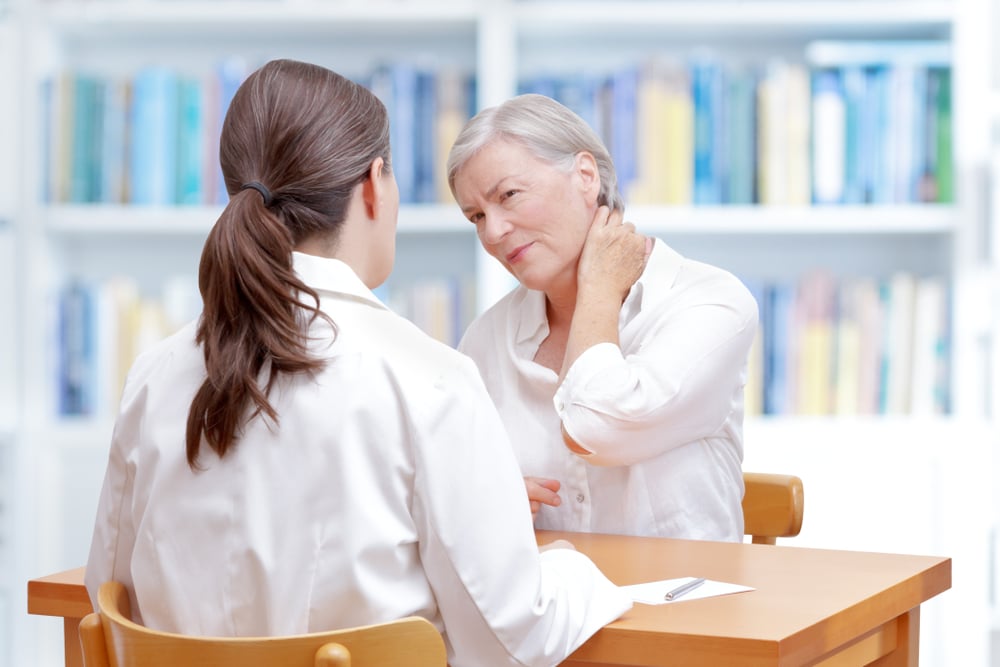
It’s not always easy to know what to do when you’ve been involved in a minor or severe pedestrian accident. There’s often an element of shock, not to mention adrenaline coursing through your veins.
The most important thing to do first is phone emergency services. Make sure you and any other injured parties receive medical treatment and begin your healing journey. It’s also crucial to collect as much evidence as possible if you wish to file a personal injury claim. If you do, you can contact an experienced law firm to fight for your right to appropriate compensation.
Pedestrian accidents can be extremely damaging, causing severe injuries like broken bones and internal injuries. If you or a family member have been involved in a serious pedestrian collision, now might be an ideal time to begin looking at your legal options for compensation.
Find A Doctor | New York Doctors | New Jersey Doctors | Connecticut Doctors
Medical Services | Conditions Treated | Insurance | Contact Us | Privacy Policy | Site Map | Terms of Service | Blog | Advertising
This site does not provide or endorse any medical or legal advice. All medical practices listed on this site are independently owned and operated by licensed physicians. Learn more
Copyright © var currentYear = new Date().getFullYear();document.write(currentYear); Injured Call Today. All Rights Reserved.
